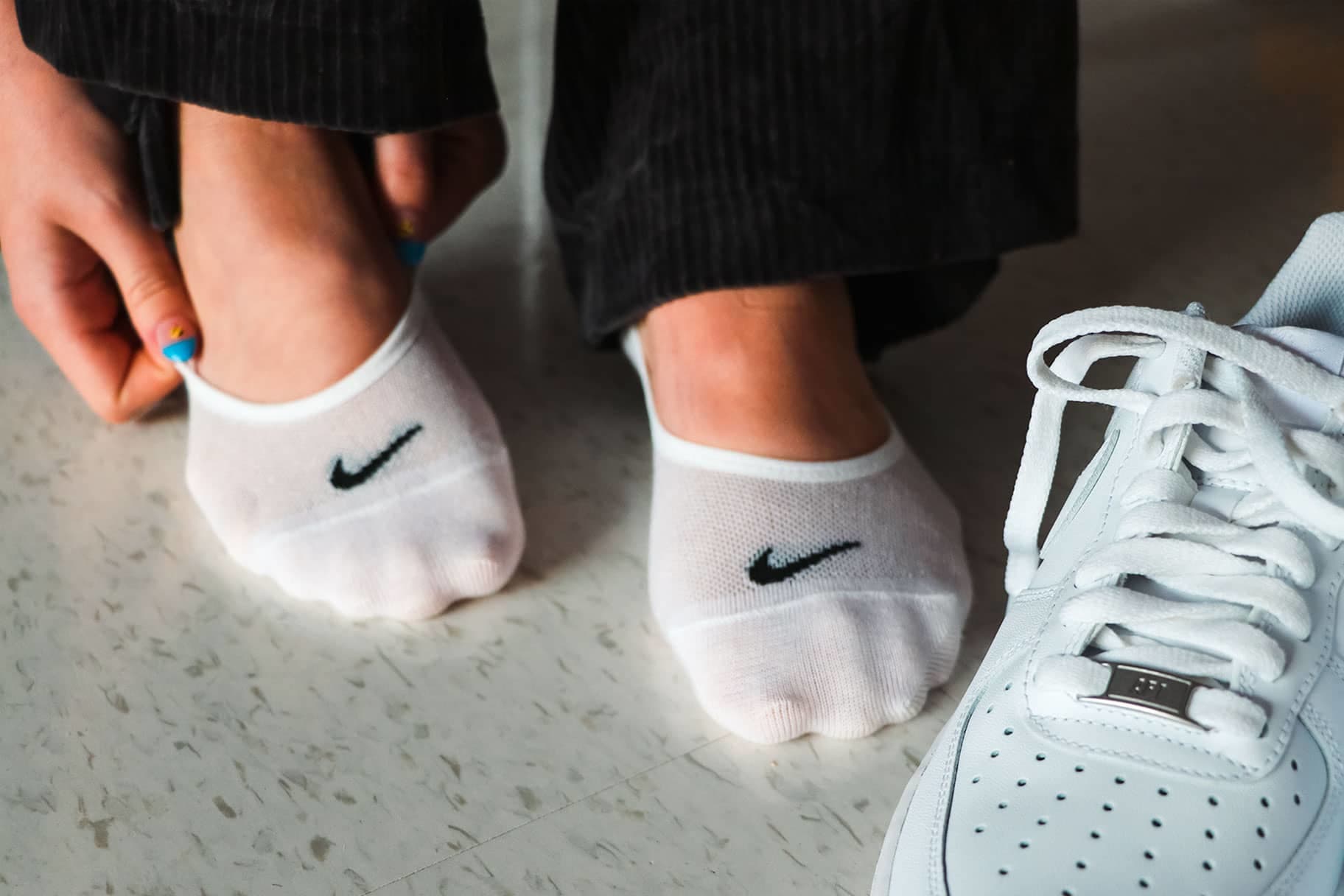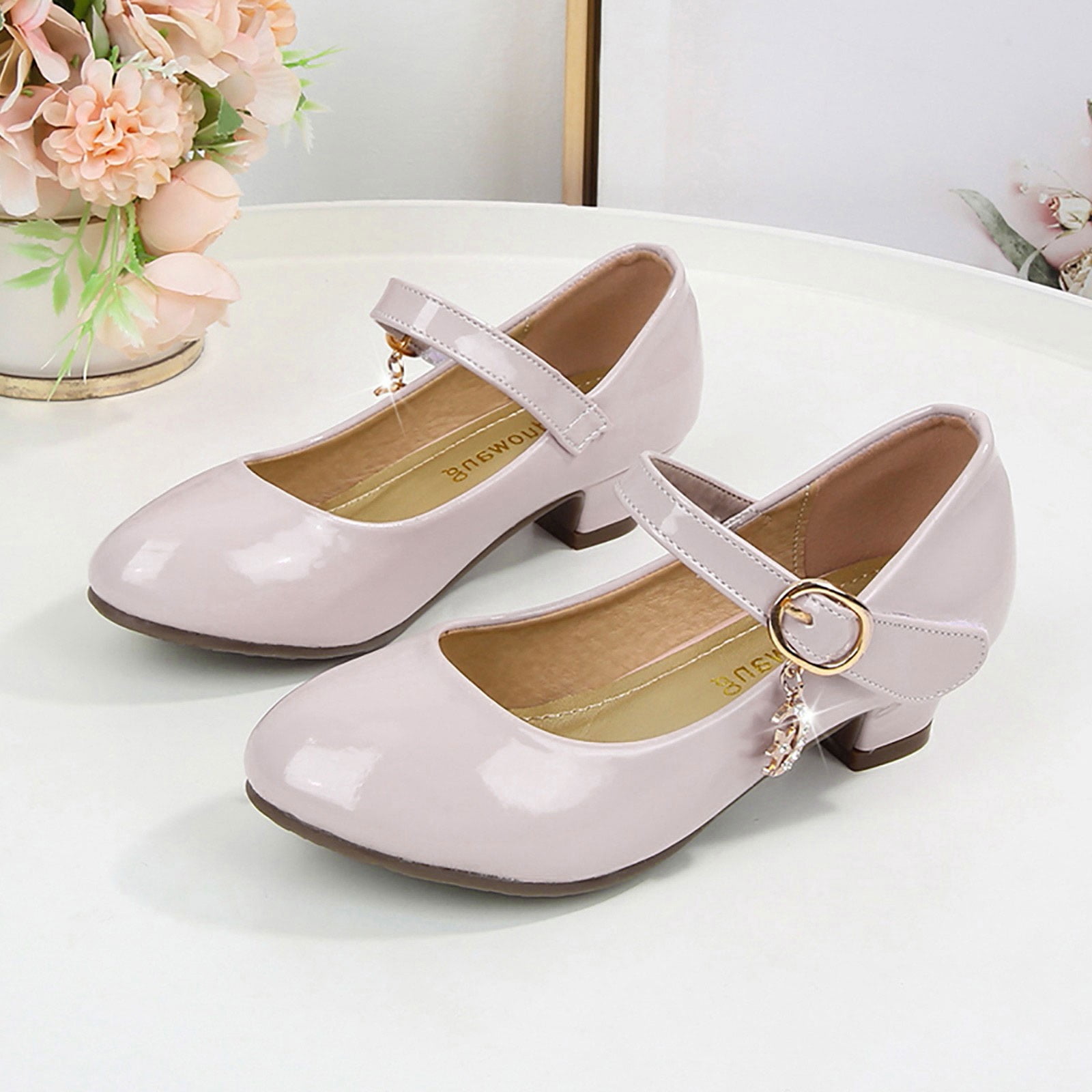Introduction to White Sole Cleaning
Keeping white soles of shoes spotless is both an art and a practical skill. Bright and clean soles can enhance the overall look of your footwear, making them appear brand new. However, those white surfaces are prone to getting dirty easily, which can ruin the fresh aesthetic. Knowing how to clean white soles of shoes is not just about maintaining appearances; it’s also about preserving the longevity of your shoes. Dirt and grime can wear down the material over time. By understanding the right techniques and supplies, you can tackle any blemish with confidence. So, let’s dive into the realm of white sole cleaning and learn the essentials that will keep your shoes in tiptop condition.
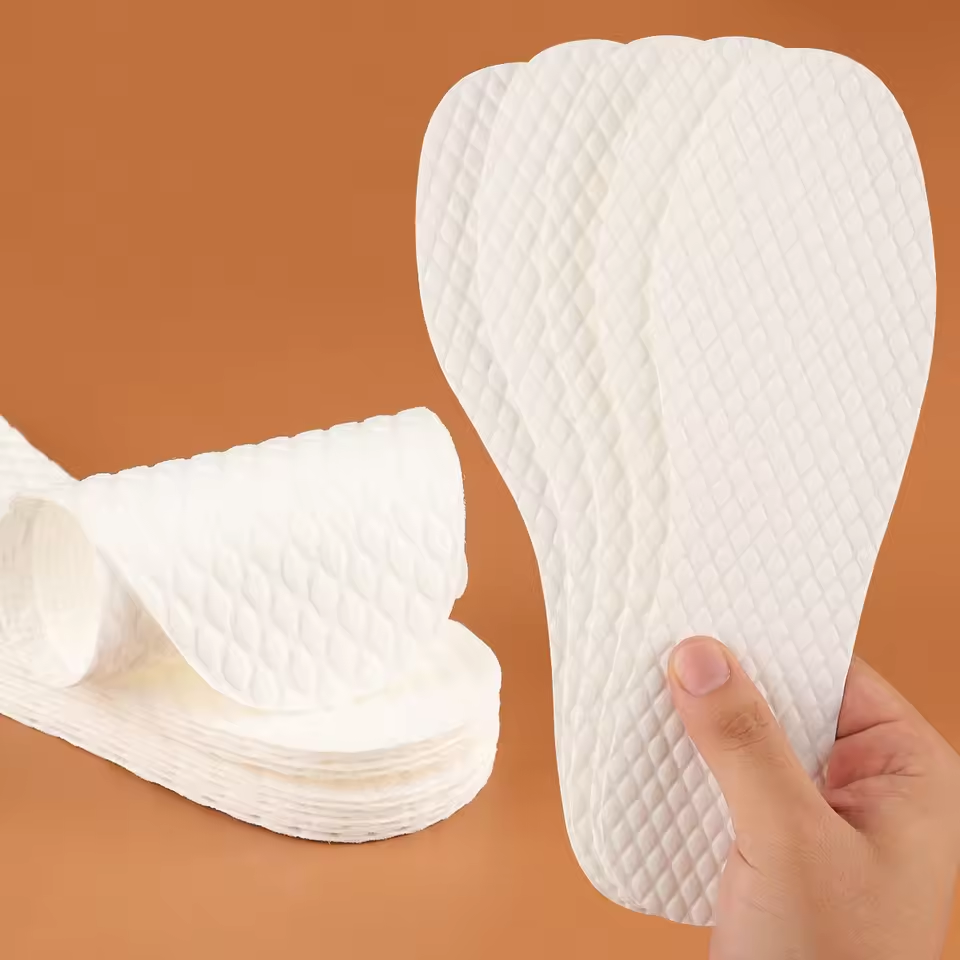
Common Challenges in Cleaning White Soles
Encountering difficulties while trying to clean white soles is a common experience. How to clean white soles of shoes? The stark whiteness of the soles means every bit of dirt is visible, making them seem dirty even when the rest of the shoe is clean. Here are several common challenges and how to address them:
- Stubborn Stains: Mud, grass, and other stubborn elements can leave persistent marks that are hard to remove.
- Yellowing: Over time, white soles can turn yellow, which detracts from the fresh look you desire.
- Material Wear: Heavy scrubbing can damage the sole’s material, leading to faster degradation.
- Difficult to Reach Areas: The sole’s design might have grooves and patterns that trap dirt and are hard to clean.
- Chemical Reactions: Some cleaning agents can react with the sole material, causing unwanted damage or discoloration.
These challenges can make cleaning white soles seem daunting, but with the right techniques and supplies, they can be addressed effectively. The key is to use the appropriate methods for each type of blemish and to approach the cleaning process with patience and care.
Essential Cleaning Supplies for White Soles
To keep your white soles shining, you’ll need the right tools. Here’s a list of essential cleaning supplies to gather before you start:
- Soft-bristled Brush: A soft-bristled brush is gentle on soles and won’t cause damage.
- Mild Soap or Detergent: Soap removes grime without harsh effects on the sole materials.
- Baking Soda: This natural cleaner lifts stains and works on yellowing soles.
- Hydrogen Peroxide: Use it to tackle tough stains and to help whiten soles.
- Magic Eraser: Ideal for removing scuffs and marks with minimal effort.
- Old Toothbrush: Perfect for getting into those tight spots and detailed areas.
- Microfiber Cloths: They are great for wiping down and polishing without leaving residue.
- Water: Required for mixing with cleaners and for rinsing.
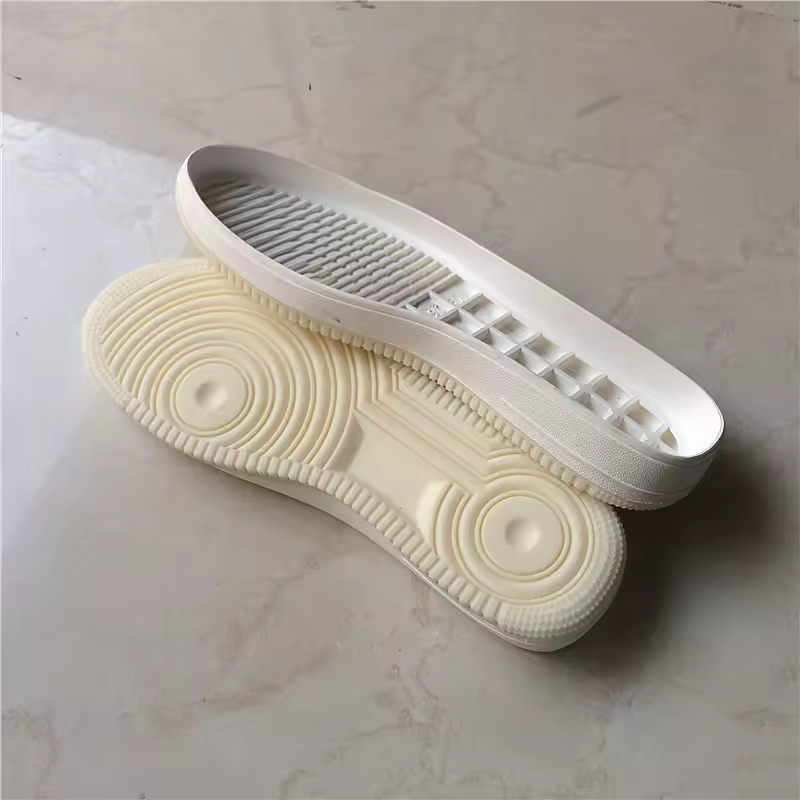
Ensure to use these supplies carefully, following instructions on any commercial cleaners. Start with the mildest cleaning tools and substances. This way, you prevent damage and maintain your soles’ whiteness. Now that we have the essential supplies ready, the next step is diving into the cleaning process itself.
Step-by-Step Cleaning Process
How to clean white soles of shoes? A systematic approach is crucial for effectively restoring the brightness of white soles. The following step-by-step cleaning process will help you get rid of stains and dirt in an organized manner. Remember to work carefully to preserve the quality of your shoes.
Pre-Cleaning Preparation
Before starting the actual cleaning, preparation is key:
- Remove excess dirt: Knock soles together to dislodge loose dirt or use a dry brush.
- Wipe down the sole: Use a microfiber cloth to remove surface dust and debris.
- Prepare your cleaning mixture: Mix water with mild soap or detergent.
- Set up your workspace: Lay down towels or paper to avoid messes.
These pre-cleaning steps ensure a smooth cleaning process without spreading dirt around.
Stain Removal Techniques
Tackling stains requires targeted methods:
- Apply baking soda paste: Perfect for lifting stubborn marks.
- Use hydrogen peroxide: It helps in breaking down tough stains.
- Gently rub with a Magic Eraser: Efficient in clearing surface scuffs.
For best results, be patient and allow cleaning agents to sit on stains for a few minutes before scrubbing.
Detailed Scrubbing and Cleaning
Once the surface stains have been addressed, a thorough clean is essential:
- Scrub with a soft-bristled brush: Use it along with your soap mixture.
- Work on intricate patterns: An old toothbrush can reach difficult grooves.
- Rinse well: Ensure no soap residue is left as it could attract more dirt.
- Dry properly: Pat the soles with a towel and air dry away from direct sunlight.
Through this detailed cleaning, even the most stubborn dirt is removed, leaving your soles spotless.
Maintaining the Whiteness of Your Shoe Soles
After cleaning your how to clean white soles of shoes, keeping them white is the next big step. Here are effective ways to maintain their whiteness:
- Dry them properly: Always air dry your soles away from direct heat or sunlight. This prevents yellowing.
- Store shoes correctly: Keep shoes in a cool, dry place. Use shoe trees or stuff them with paper to retain shape and absorb moisture.
- Use a sole protector: Apply a clear sole protector to guard against stains and scuffs.
- Regular touch-ups: Quick clean-ups after each wear can stop dirt build-up.
By following these steps, you can ensure that your shoe soles stay as white as the day you cleaned them. Skimping on maintenance can quickly undo all your hard work. So, stay on top of it and enjoy pristine white soles for longer.
Tips for Preventing Future Sole Discoloration
Keeping your shoe soles white can be challenging, but prevention is key to long-lasting cleanliness. Here are some straightforward tips to help you avoid future sole discoloration:
- Clean Regularly: Dirt can quickly set in and cause stains. Wipe your soles after each wear.
- Use Protectant Sprays: They form a barrier against dirt and prevent stains before they happen.
- Avoid Harsh Surfaces: Rough ground can scuff soles. Stick to smooth paths when possible.
- Dry Shoes Properly: Never place shoes near heaters or in direct sunlight. Let them air dry instead.
- Rotate Footwear: Wearing the same shoes daily increases the risk of discoloration. Alternate between different pairs.
By incorporating these simple practices into your routine, you can preserve the pristine whiteness of your shoe soles, saving time and effort in the long run.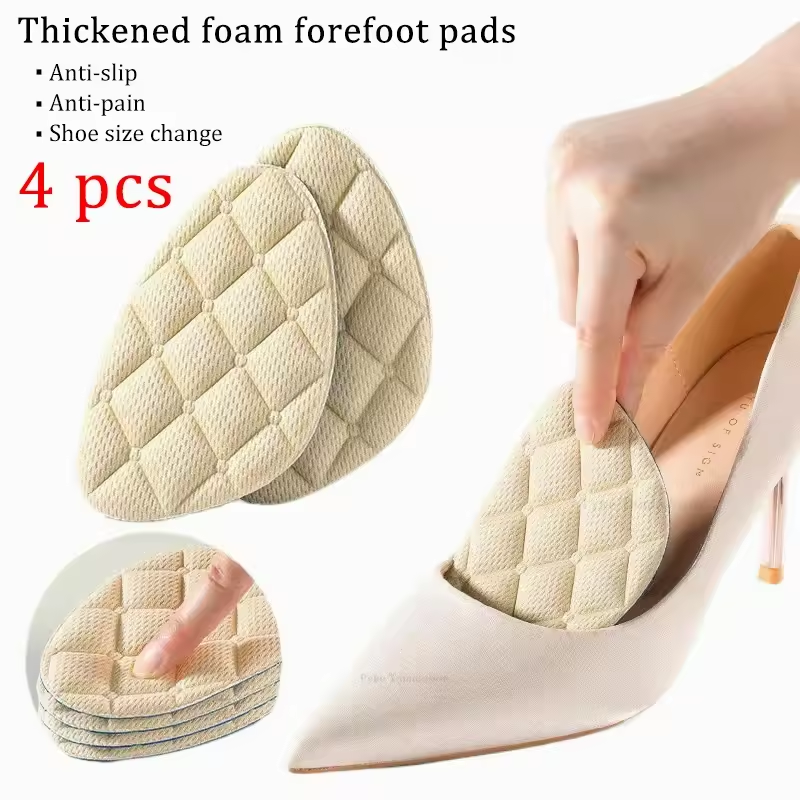
Eco-Friendly Cleaning Alternatives for Shoe Soles
In our journey to maintain spotless of how to clean white soles of shoes, eco-friendliness is also a priority. Many of us are seeking ways to reduce our environmental footprint, and fortunately, there are several eco-friendly alternatives that can be used for cleaning shoe soles without sacrificing effectiveness. Here are some green options you can try:
- White Vinegar Solution: Mix equal parts of white vinegar and water for a natural cleaning solution. Apply with a cloth to lift stains.
- Lemon Juice and Baking Soda: Combine these for a potent paste. Lemon’s natural acidity helps with stain removal.
- Cornstarch for Oil Stains: Sprinkle cornstarch on oily spots and leave overnight. Brush off the next day.
- Toothpaste: Non-gel white toothpaste can work wonders. Use an old toothbrush for scrubbing away marks.
- Essential Oils: A drop or two of lemon or tea tree oil in your cleaning mixture can boost its cleaning power and leave a fresh scent.
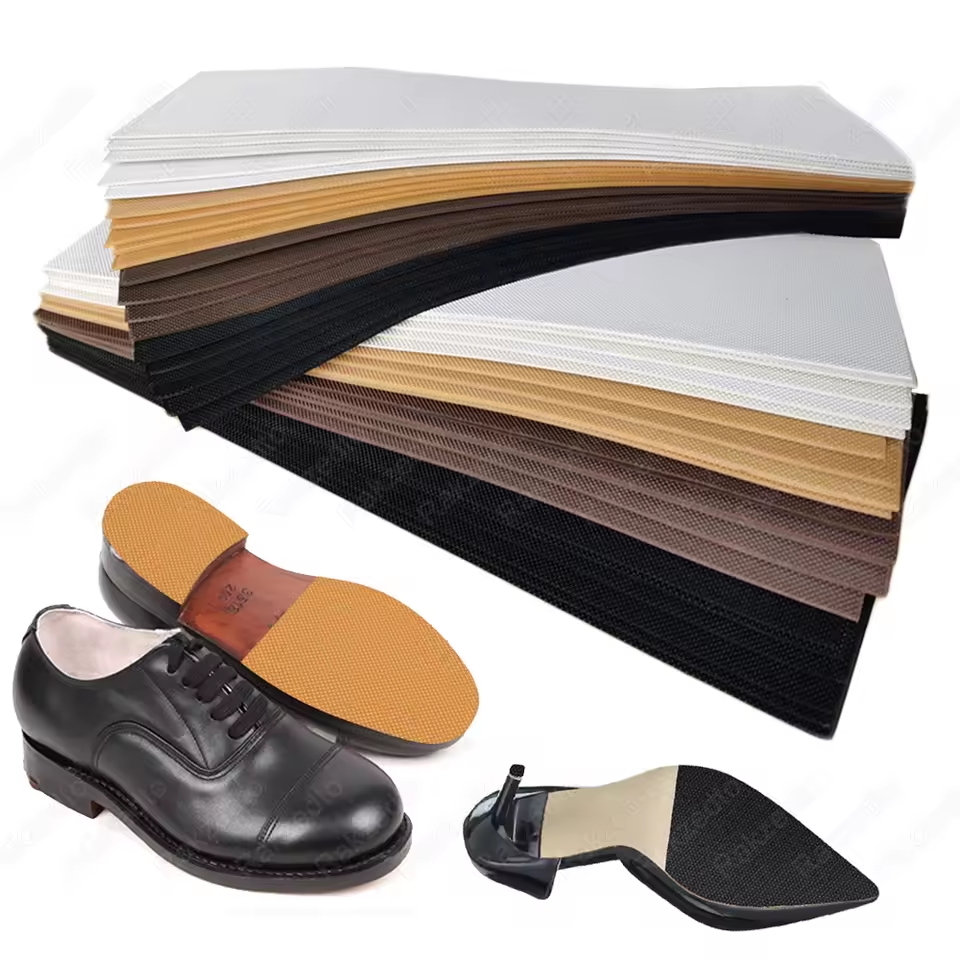
By experimenting with these natural cleaning methods, you not only keep your white soles looking pristine but also contribute to a healthier planet. Remember to spot test any solution on a small area of the sole to ensure it doesn’t cause discoloration or damage. When incorporating these eco-friendly practices into your routine, you maintain not only the look but also the integrity of your shoes and environment.
